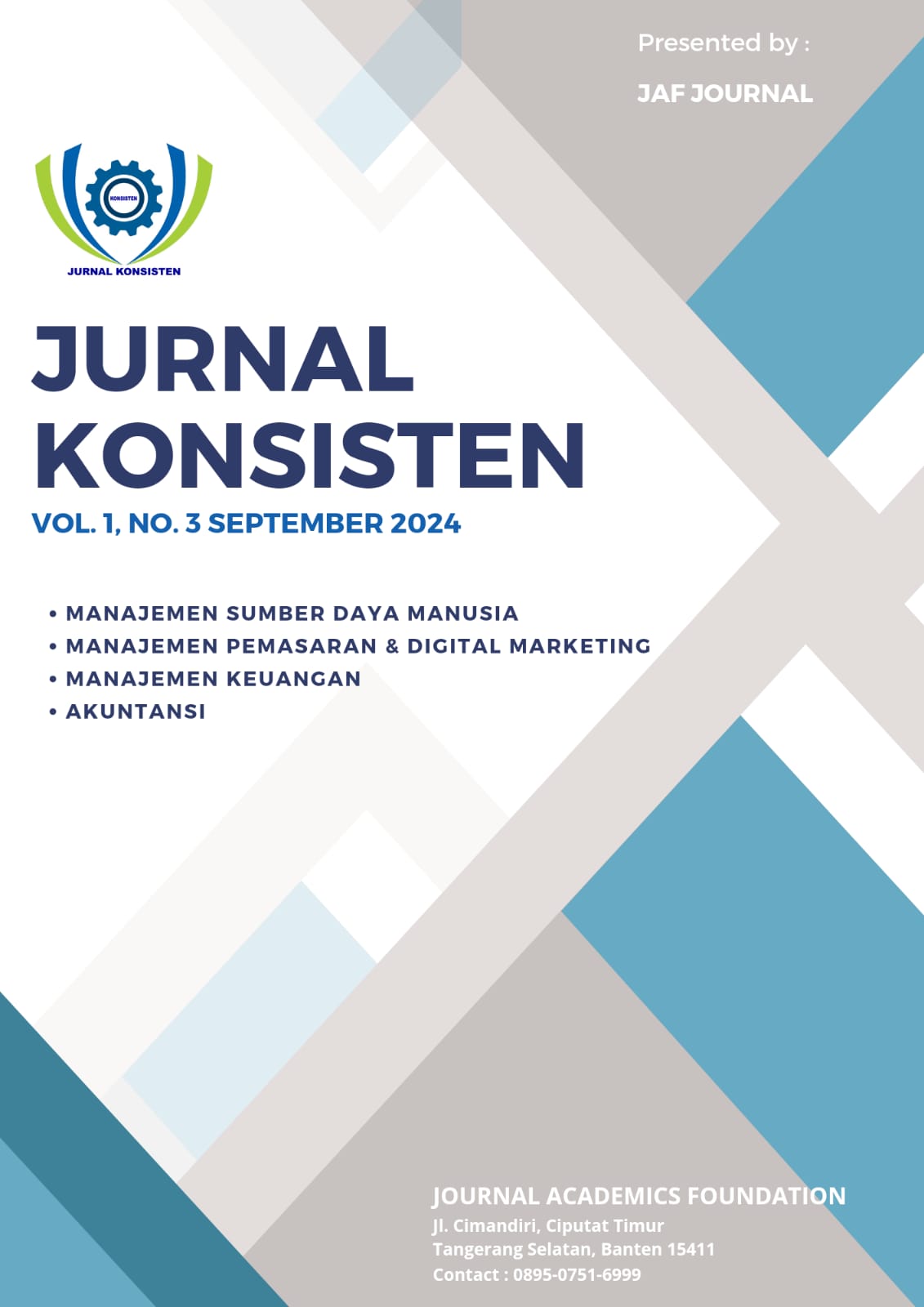The Influence of Motivation and Work Discipline on Employee Performance at PT. Tripta Dinamika Property Management in Cipondoh, Tangerang City Regency
Abstract
The purpose of this research is to determine the influence of motivation and work discipline on employee performance at PT. Tripta Dinamika Property Management partially or simultaneously. The method used is a quantitative method. Population at PT. Tripta Dinamika Property Management as many as 66. The sampling technique used saturated sampling, meaning that all members of the population were used as samples, thus the sample in this study was 66 respondents. The analysis in this research used the SPSS version 26 program. The data analysis method used simple linear regression, multiple linear regression, correlation coefficient, coefficient of determination, partial t test and simultaneous F test.
The research results show that: There is a partially significant influence of motivation on employee performance at PT. Tripta Dinamika Property Management. This can be proven because the motivation variable (X1) has a calculated T value of 7.053 > T table 1.988 with a significance level of 0.000 < 0.05, so H01 is rejected and Ha1 is accepted. There is a partially significant influence of discipline on employee performance at PT. Tripta Dinamika Property Management. This can be proven because the discipline variable (X2) has a calculated T value of 7.183 > T table 1.988 with a significance level of 0.000 < 0.05, so H02 is rejected and Ha2 is accepted. There is a significant simultaneous influence of motivation and discipline on employee performance at PT. Tripta Dinamika Property Management. This can be proven because the calculated F value is 43.045 > F table 3.140 and the significance level is 0.000 < 0.05, so H03 is rejected and Ha3 is accepted. In the test results, the coefficient of determination is shown by the R Square value of 0.577, which means that the motivation (X1) and discipline (X2) variables contribute to the employee performance variable (Y) by 57.7%, while the remaining 42.3% is caused by other variables. which was not examined in this study.




